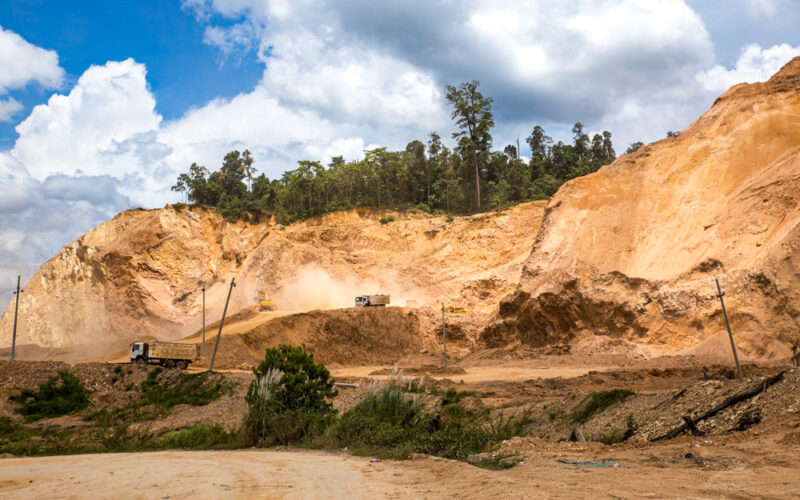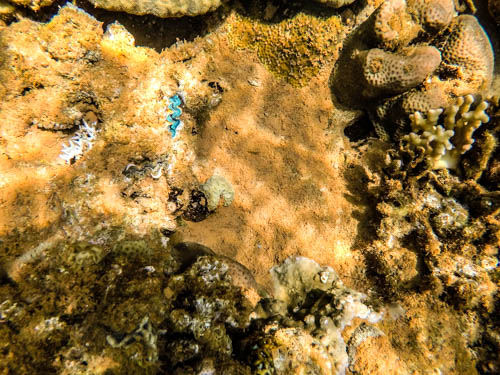MINING – The “dematerialization” of the economy is a deception: digital technology has never been more dependent on raw materials. The pollution and waste generated are astronomical. Let’s make a very quick overview of the subject, from the mine to the buyer, through the solutions to remedy this avoidable waste.

Mining is the basis for digital technology
Whether it’s mining nickel in Sulawesi, lithium in Bolivia, Argentina or Chile, coltan in Congo or rare earths in China, our technological society generates upstream pollution of ecosystems, air, soil, rivers and coastal waters caused by mining activity. It also consumes a lot of water and energy, and increases the pressure on the last natural habitats.
We chose to illustrate this article with the damage caused by nickel mines in the Sulawesi area where we operate. Nickel is used in the manufacture of batteries. Another example of the pressures on the natural environment caused by mining is the Golden Mountain project in French Guiana, the future of which has not yet been decided.
Une bonne partie des ressources minières existantes, notamment celles pour les hautes technologies et les énergies renouvelables, est située au sein d’aires naturelles protégées 😞
Ces exemples sont loin d’être les seuls : un smartphone peut contenir jusqu’à 62 métaux différents. Pour fabriquer un ordinateur de 2kg, c’est 800kg de matières premières qui sont nécessaires, selon l’excellent rapport La face cachée du numérique (lecture conseillée!) publié par l’ADEME.

An unmanageable flow of e-waste
On compte en Europe occidentale 8,9 équipements par personne. Autant d’appareils à mettre à jour, dont les données sont à trier, qui deviennent lents s’ils ne sont pas entretenus, qui ne sont plus compatibles, qui tombent en panne et qu’il faut réparer… ou jeter. La plupart sont stockés quelque part en attendant. Il y aurait ainsi, rien qu’en France, 50 à 110 millions de téléphones qui dorment dans les tiroirs, sans compter donc les ordinateurs portables, tablettes et autres gadgets électroniques.
At the end of the life of devices, millions of tons of e-waste – 53.6 million tons in 2019, 74 million tons expected in 2030 – are generated each year by the rampant consumption of electronic devices. This is, according to the Global E-waste Monitor, the flow of household waste that is experiencing the largest increase currently.
Very few appliances are actually recycled
In 2021, Japan chose to manufacture Olympic Games medals from recycled metals coming from end-of-life electronic devices. But in real life, only a small share – 17.4% in 2019 – of electronic devices are collected and recycled, despite an estimated 48 billion euros worth of precious metals recoverable in the devices.
Worse still, the metals in our high-tech appliances are not renewable resources and are very unlikely to be substituted by other materials. A shortage of several of these metals would have serious consequences for uses that are now commonplace.
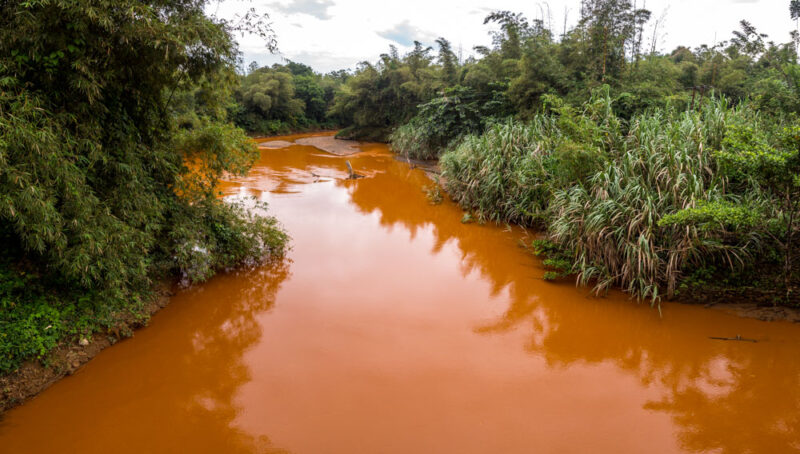
A cost borne by the disadvantaged
Most of the time, it is the less fortunate people – or those living next to mining and production sites – who suffer from the pollution generated by mining, the production of equipment, and the end of their lives. These same populations are most vulnerable to the effects of global warming, which is largely caused by overconsumption by the wealthiest.
a resident of North Konawe
This is, of course, not to mention the impact on biodiversity: the loss of natural habitats is one of the main causes of the animal and plant species extinction crisis.

Design at the heart of the problem
Technical, aesthetic and software obsolescence contribute directly to this problemAs a direct consequence, the renewal rate of smartphones in 2019 is estimated at 20-24 months in France, a little less than two years! And that’s already an improvement over a few years ago, when a mobile phone was kept for an average of 18 months. The rate is a little better for laptops (the figure of 3 years is mentioned), but it is still short.
This rapid renewal generates more and more mining of non-renewable resources and more pollution: 75% of the environmental impact of a smartphone is linked to its manufacturing.
Many computers and smartphones are designed by brands not to be easily repaired, despite the sometimes high cost of purchase.
This quickly leads to the dilemma between doing an expensive repair or buying a new device only slightly more onerous, which will always be more attractive, thanks to marketing and aesthetic and software obsolescence. Yet there are often no technical obstacles to repairing them or that they could have been avoided.
How do I know if an appliance is repairable?
To find yourself among the hundreds of appliances on the market and those available second-hand or reconditioned, the iFixit community, known for its many repair tutorials put online by users, has been establishing for 10 years a classification of electronic devices – smartphones, tablets and laptops – via a reparability score. In 2021, France also introduced a similar measure: the reparability index.
The method of calculation and the results are somewhat different, but the two approaches are complementary. Except that the iFixit scores value ‘home’ repair (i.e. at a lower cost, which can further reduce the number of unrepaired appliances), while the manufacturers’ repairability index values more professional repairs, and is calculated by the manufacturers themselves.
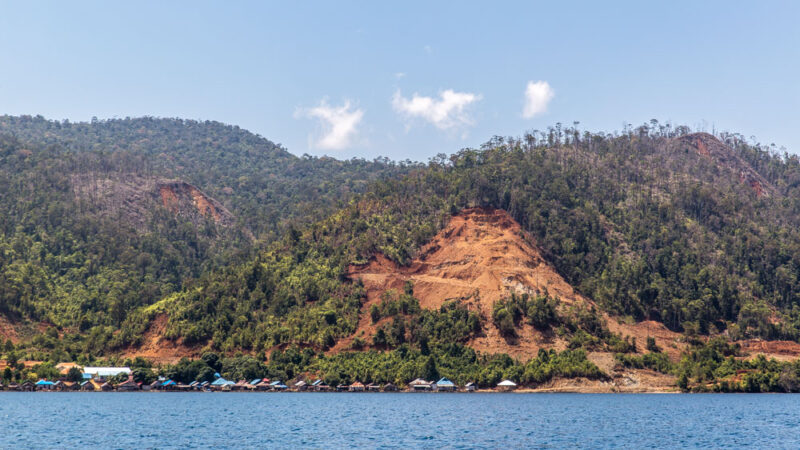
The bad example of Apple
Apple stands out particularly in the ranking of laptops at iFixit. The Macbook Air and Macbook Pro were, a decade ago, repairable devices, with scores of 7/10 (proof by example, this article is written on a MacBook Air of 2011 and repaired multiple times for a very reasonable cost).
Then the models fell in the rankings, and those of recent years all reach the worst scores (1/10), mainly due to many welded components (battery, RAM, WIFI card, etc.) and devices that are difficult to open and disassemble.
At Apple, this has to be linked to a proprietary strategy on spare parts and a lock-in of the repair chain, as Apple wants to make the independent professional repair of its devices illegal. As a result, repairing Apple products is extremely expensive. The level of repair is also minimal: Apple-certified repair shops, for example, discard motherboards that would have required only a minor repair and replace them with new ones.
Ifixit also ranks tablets (the iPads are all at the bottom of the ranking), and smartphones (the iPhones do a little better with consistent scores of 6/10 and an anticipation of the repair at the time of design, for a few years).
Paradoxically, awareness of environmental issues has only increased over the past decade. Considering the number of devices sold each year, this is inexcusable.
One might imagine that it is not specific to a brand and that the whole industry is moving in that direction, but it is not. While there is no simple division between ‘good brands’ and ‘bad brands’ (depending on the model), several mainstream brands – such as Lenovo, HP or Dell – make it easy to open devices, provide spare parts and even provide repair guides..
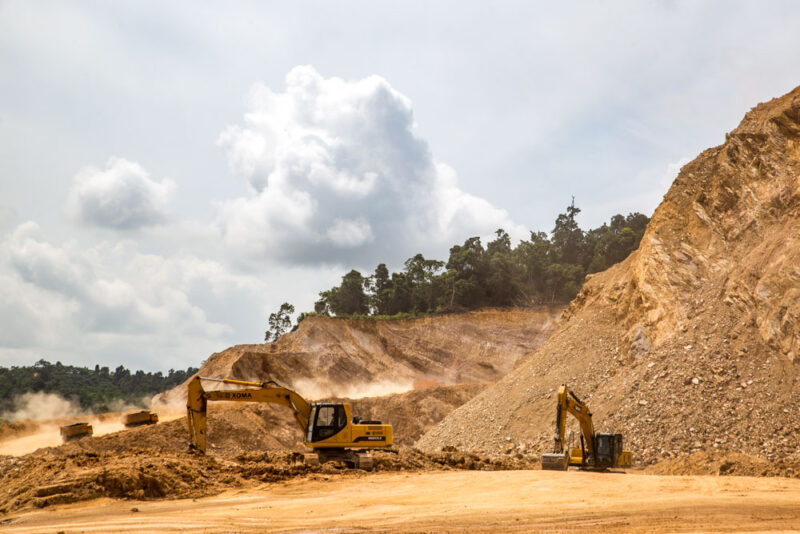
Apparatus designed to be repairable
We have already mentioned iFixit which puts online tutorials to repair your own devices (and sometimes sells the necessary spare parts) and classifies the appliances on the market according to their repairability, but what about the brands that are positioned today at the forefront of repairable and upgradable ?
On the smartphone side, Fairphone and Shift make it easier to repair and upgrade the components of their devices, notably through a modular design, while favouring metals from sustainable production processes.
The novelty in 2021 is the new framework brand that applies the same process to laptops, thanks to a modular design, repairable and compatible with future upgrades that has nothing to envy to the best devices. You can even assemble your own device to save money !
And for everyday professional needs (internet, email, office automation), the Low-Tech Lab has developed a low-tech and high-performance computer based on Raspberry Pi and able to use components from computers leaving the dump (e.g. the screen). It is very inexpensive, repairable and there are a lot of resources online in french.
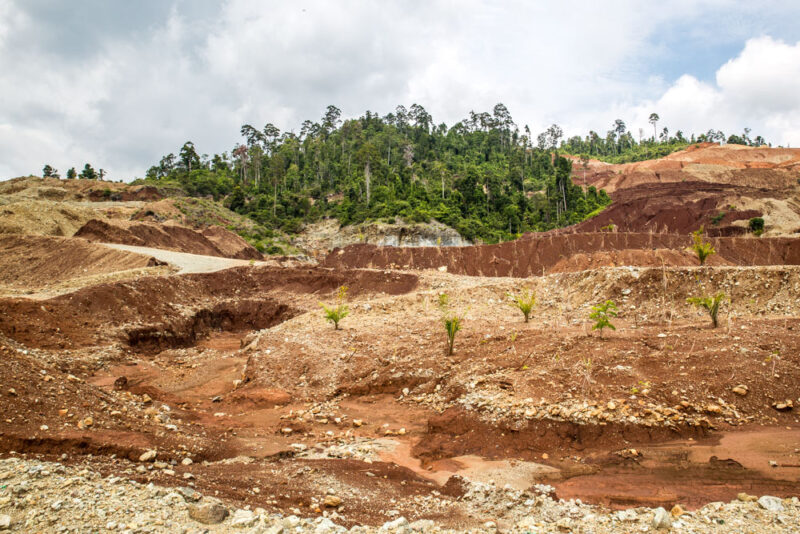
The rise of repackaging
And because it is not always necessary to buy new, feel free to consult BackMarket, a trading platform for professionally reconditioned appliances by more than 1500 repair shops around the world, from the smallest to the largest, independent or brand-related, in order to be able to buy second hand with a number of guarantees.
But beware of the rebound effect, the purchase of second-hand, cheaper and easier, should not lead to an overbidding of consumption. Repairing and making it last is the base !
What about your phones sleeping in the back of the drawer?
The initiative I’m giving away my phone. mounted by Ecosystem aims to easily collect abandoned phones, to securely erase any data that might still be present in them, and to restore them before reselling them at a solidarity price to the most needy via Emmaus and Les Ateliers du Bocage. Those that can no longer be used are sent to a recycling facility.
In the hope that all these initiatives will reduce the pressure caused by mining on the last natural habitats !
